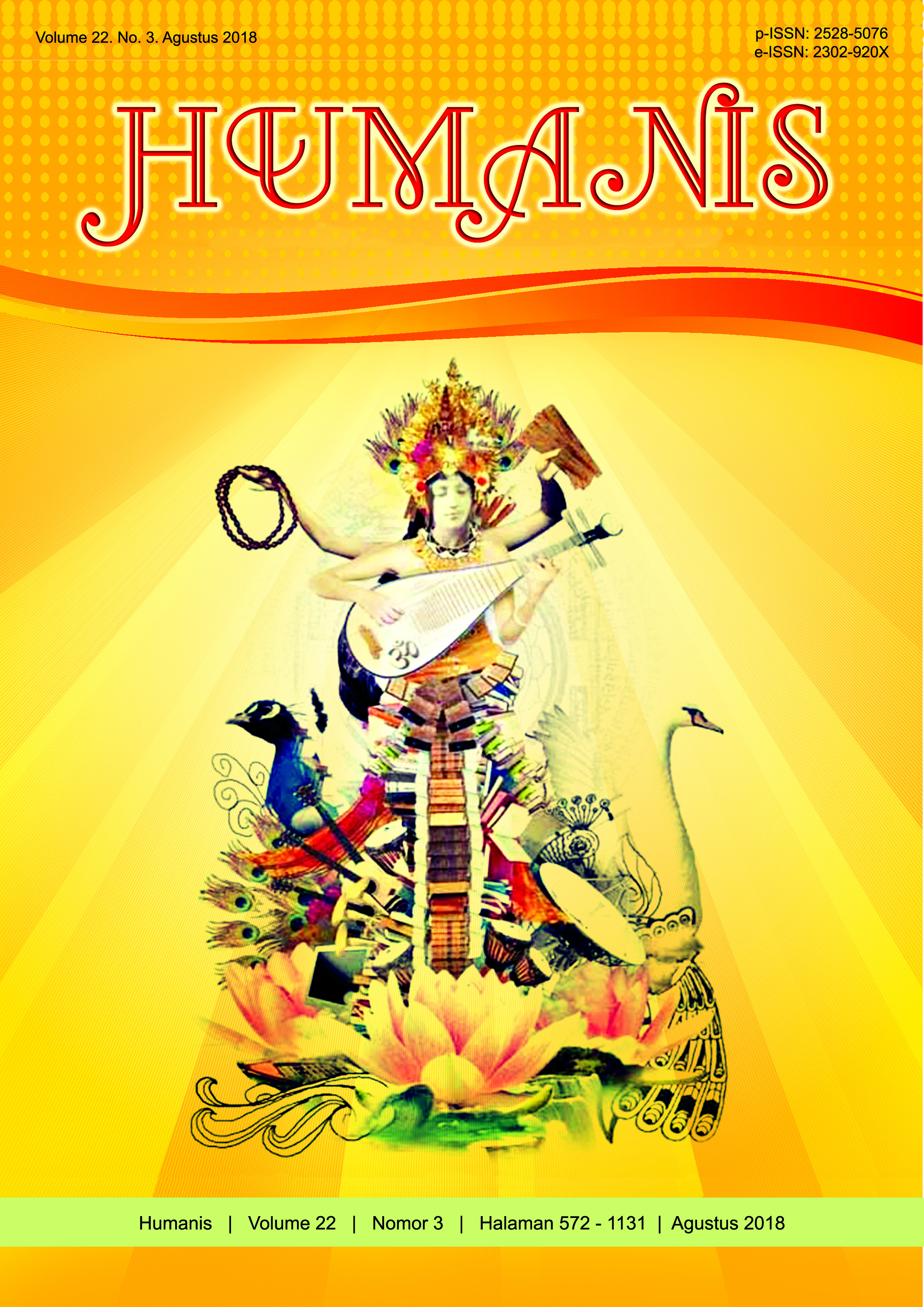Sticker Emoticons Used in LINE Messenger; A Semantic Study
Abstract
This paper is entitled Sticker Emoticons Used in LINE Messenger; A Semantic Study. This study aims to identify and discuss visual, verbal signs and analyze the meaning and relationship between verbal and visual signs applied of sticker emoticon in the LINE messenger. The reason for choosing sticker emoticons is that they have great visualization that can present the human feelings in sending instant message as a media of communication. The data source was sticker emoticon from LINE group namely “SEVEN’ICHI”. In collecting the data, the method used is documentation. The data were taken from the screenshots of the messages using sticker emoticon. The collected data were qualitative analyzed based on the theories applied in this study, namely the theory of semiotics proposed by Saussure, and theory of sign proposed by Peirce. The data were presented in the form of table and description. The result of the analysis shows that there are two types of sticker emoticons found in Line messenger, big and small sizes. The difference of those could be seen from the size in which the big ones are created in the full body size while the small ones are only in the form of the heads.The signs consist of signifier and signified on verbal and visual sign. There were 21 verbal and visual signs found in this study, as well as Representamen, Object and Interpretant. In this study the sticker emoticons in LINE Messenger mean carry, happiness, sadness, satire, mental activities and physical activity. A sign cannot have a totally meaningless signifier or a completely formless signified and it cannot stand alone (Saussure 1983, 101; Saussure 1974, 102-103).


















